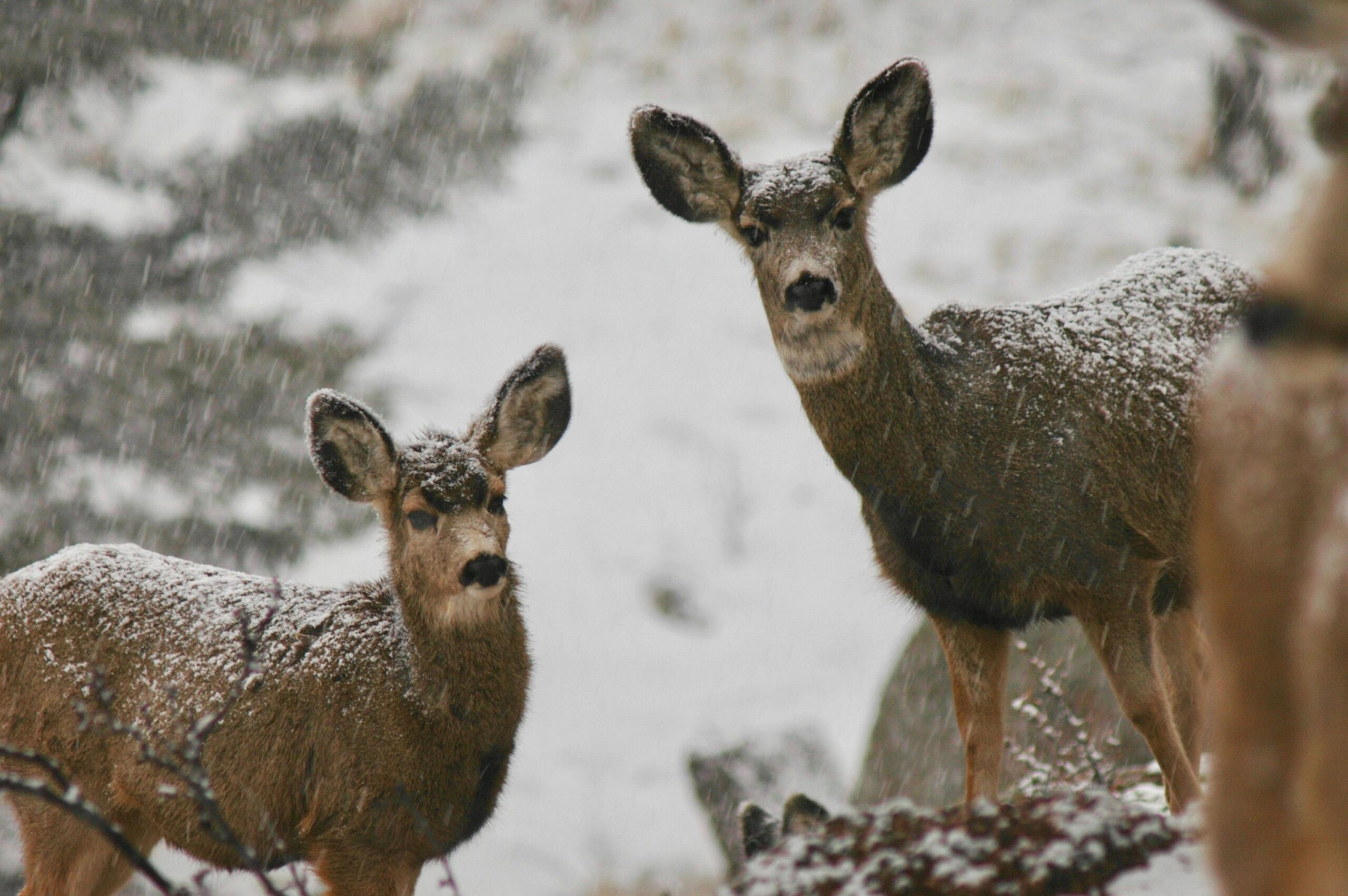- LIFE
Healthy Meals Made Simple and Enjoyable


For gardeners and homeowners in deer-prone areas, creating a beautiful garden while keeping deer at bay can be a challenging task. The good news is that certain plants naturally repel deer due to their scent, texture, or toxicity. By incorporating deer repellent plants into your landscape, you can cultivate a thriving, deer-resistant garden. This guide will explore effective strategies for selecting and maintaining these plants, ensuring your garden remains vibrant and untouched by deer.
Deer are selective feeders, often avoiding plants that have strong scents, fuzzy textures, or bitter tastes. Understanding their behavior is crucial for effective plant selection. They typically prefer young, tender growth and are drawn to gardens with ample food sources. By choosing plants that deer naturally avoid, you can create a more resilient landscape.
When selecting deer resistant plants, consider the following factors:
Combining these factors in your plant selection can lead to a more effective deer-proof garden.
Here is a list of 20 deer repellent plants, along with their care instructions:
Soil: Well-drained, sandy soil
Light: Full sun
Water: Moderate; drought-tolerant
Spacing: 12-18 inches apart
Soil: Well-drained, nutrient-rich soil
Light: Full sun
Water: Regular; keep soil moist
Spacing: 10-12 inches apart
Soil: Well-drained, sandy soil
Light: Full sun
Water: Low; drought-tolerant
Spacing: 24-36 inches apart
Soil: Well-drained, light soil
Light: Full sun
Water: Low; drought-tolerant
Spacing: 12-18 inches apart
Soil: Moist, well-drained soil
Light: Partial shade to full sun
Water: Regular; keep soil moist
Spacing: 18-24 inches apart
Soil: Well-drained soil
Light: Full sun
Water: Moderate
Spacing: 18-24 inches apart
Soil: Well-drained, fertile soil
Light: Full sun
Water: Moderate
Spacing: 18-24 inches apart
Soil: Well-drained, rich soil
Light: Full sun to partial shade
Water: Moderate
Spacing: 12 inches apart
Soil: Well-drained, fertile soil
Light: Full sun
Water: Moderate
Spacing: 4-6 inches apart
Soil: Well-drained soil
Light: Full sun
Water: Moderate; drought-tolerant
Spacing: 12-18 inches apart
Soil: Well-drained, loamy soil
Light: Full sun to partial shade
Water: Moderate
Spacing: 24-36 inches apart
Soil: Well-drained, rich soil
Light: Partial to full shade
Water: Moderate
Spacing: 18-24 inches apart
Soil: Well-drained, fertile soil
Light: Partial shade
Water: Moderate
Spacing: 12-18 inches apart
Soil: Well-drained, poor soil
Light: Full sun
Water: Low; drought-tolerant
Spacing: 12-18 inches apart
Soil: Well-drained soil
Light: Full sun
Water: Moderate
Spacing: 4-6 feet apart
Soil: Well-drained soil
Light: Full sun to partial shade
Water: Moderate
Spacing: 3-4 feet apart
Soil: Well-drained soil
Light: Full sun to partial shade
Water: Moderate
Spacing: 3-4 feet apart
Soil: Well-drained soil
Light: Full sun
Water: Low; drought-tolerant
Spacing: 3-10 feet apart, depending on variety
Soil: Well-drained, fertile soil
Light: Full sun to partial shade
Water: Moderate
Spacing: 10-12 inches apart
Creating a deer-resistant landscape involves strategic planning and plant placement. Here are some effective design strategies:
By thoughtfully designing your garden with these principles, you can enhance its aesthetic appeal while minimizing deer encounters.
Proper care is essential for the health and effectiveness of deer repellent plants. Follow these guidelines for optimal results:
To maintain a thriving deer-proof garden, follow this seasonal checklist:
Even with proper care, you may encounter issues in your deer-resistant garden. Here are common problems and solutions:
Equipping yourself with the right tools makes gardening more efficient and enjoyable. Here’s a list of essential tools:
When handling plants and gardening tools, keep these safety tips in mind: